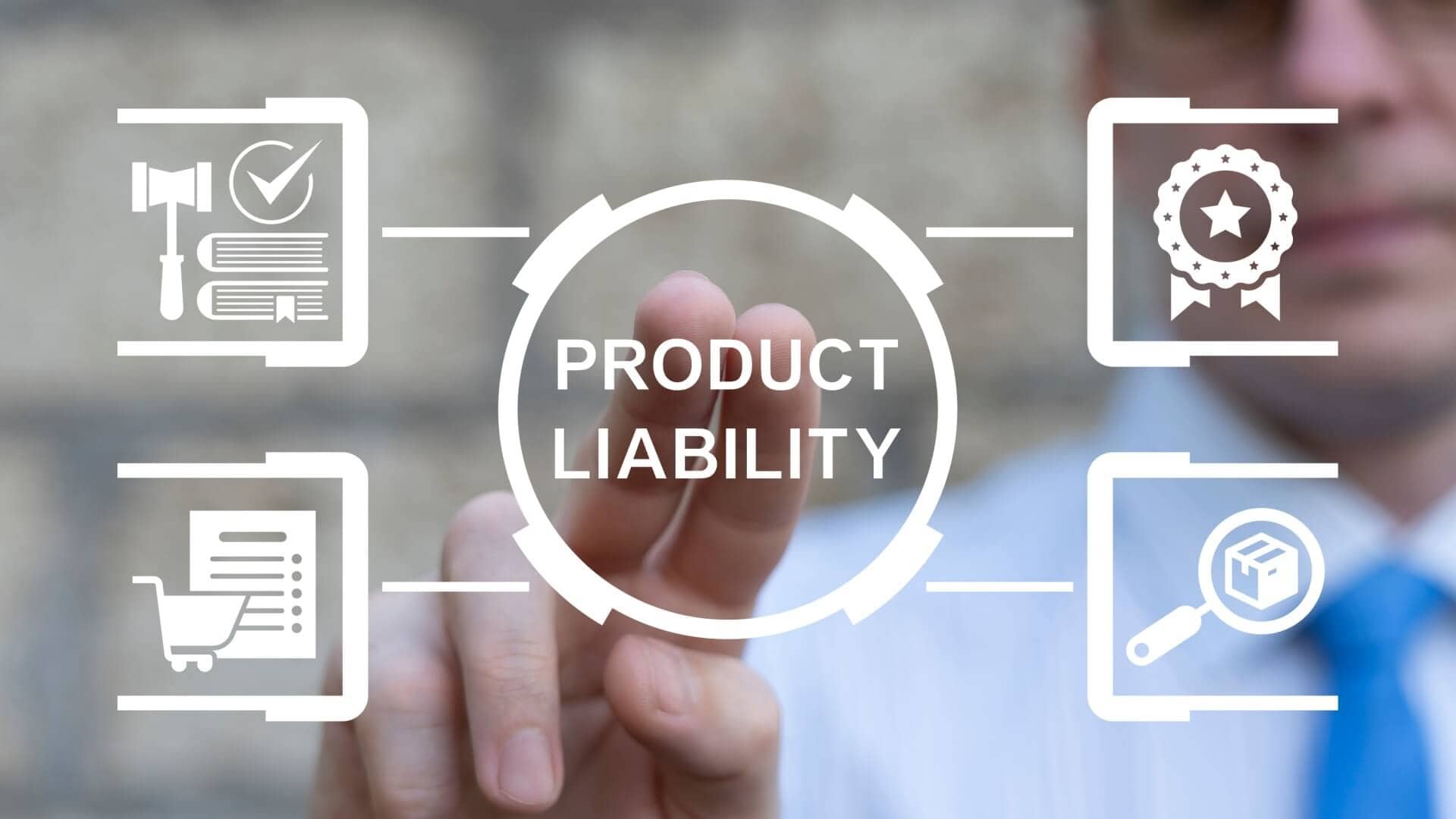
Who Can Be Liable in a Product Liability Case?
Who is Liable in a Product Liability Case?
When you buy a product, you expect it to be safe. Unfortunately, this isn’t always the case. Defective products can cause serious injuries, leaving victims with medical bills, lost wages, and significant pain. If a faulty product has injured you or a loved one, you may be able to file a product liability lawsuit to recover compensation. But who, exactly, can be held responsible?
Product liability cases can be complex because multiple parties are often involved in a product’s journey from concept to consumer. Identifying the responsible party is a critical first step toward securing justice. We’ll break down the various entities that can be held liable in a product liability case, from the manufacturer to the retailer, to help you understand your legal options.
If you or a loved one has been harmed by a defective product, you don’t have to face the legal system alone. Jacobs & Dow, LLC’s skilled attorneys are here to guide you through every stage of your injury lawsuit.
1. The Manufacturer’s Responsibility
Manufacturers are at the top of the supply chain and often bear the primary responsibility for ensuring a product is safe for its intended use. Their liability can stem from several types of defects:
- Design Defects: A design defect exists when the product’s design is inherently dangerous or unsafe. If the product is manufactured perfectly according to its specifications, then the hazardous flaw is core to the product’s design. For example, a car model with a high center of gravity, which makes it prone to rolling over during routine turns, has a design defect.
- Manufacturing Defects: A manufacturing defect occurs during the production or assembly process. This type of defect is an unintended flaw that makes an individual product unsafe, even if the overall design is sound. An example is a batch of tires produced with contaminated rubber, which causes them to degrade and fail prematurely.
- Failure to Warn (Marketing Defects): This occurs when a manufacturer fails to provide adequate warnings or instructions about a product’s potential dangers. If a product has non-obvious risks that could be avoided with proper guidance, the manufacturer has a duty to inform consumers. For instance, a pharmaceutical company could be held liable for failing to warn users about the severe side effects of a new medication.
In Connecticut, a legal principle known as strict liability can apply to manufacturers. This means you may not need to prove the manufacturer was negligent — only that the product was defective and that the defect directly caused your injury. The fact that a product was defective is proof of a manufacturer’s negligence.
2. Liability of Product Designers
While often employed by the manufacturer, independent designers or design firms can also be held liable for creating an unsafe product. Designers are responsible for creating the blueprint and overall concept of a product. If that concept is fundamentally flawed and leads to injury, the designer can be named in a product liability case.
For example, if an engineering firm designs a new type of power tool without including a necessary safety guard, and a user is injured as a result, that firm could be held responsible for the defective design. Proving liability against a designer requires showing that the design itself was unreasonably dangerous and that this defect caused the plaintiff’s injuries.
3. Component Part Suppliers
Very few products are made entirely by a single company. Most are assembled using parts from various component suppliers. If a defective component is the root cause of a product’s failure, the company that supplied that part can be held liable.
Consider a case where a company manufactures airbags and sells them to a major car company. If those airbags have a faulty inflator that causes them to explode upon deployment, the airbag supplier could be held responsible for the resulting injuries.
In such product liability cases, both the component supplier and the final product manufacturer might share responsibility, as the manufacturer also has a duty to test the components it uses.
4. Distributors and Wholesalers
Distributors and wholesalers act as intermediaries, moving products from the manufacturer to the retailer. While they don’t design or build the products, they can still be held liable if their actions contribute to a product’s defectiveness.
Their liability often arises from improper handling or storage of the product. For example, if a food wholesaler stores a perishable product at the incorrect temperature, causing it to spoil and potentially making consumers sick, the wholesaler can be held responsible.
Similarly, if a distributor damages a product during transport and it later malfunctions and causes an injury, they could be found liable. These parties are a key link in the chain of distribution and must ensure the product’s integrity is maintained while in their possession.
5. The Role of Retailers
Retailers are the final link in the chain, selling products directly to consumers. They also have a legal responsibility to ensure the products they sell are safe. A retailer can be held liable in a product liability case, especially if they were aware or should have been aware of a product’s defect.
For example, if a toy store continues to sell a recalled toy that poses a choking hazard, the store could be held liable for any injuries that result. Under strict liability rules, a retailer can sometimes be held responsible even if they did not know about the defect, simply because they were part of the commercial chain that sold the defective product. This allows an injured consumer to seek compensation from the party most accessible to them — the seller.
Building Your Product Liability Case
As you can see, determining who is at fault for a defective product can be a complicated process. The manufacturer, designer, component supplier, distributor, and retailer can all potentially share in the liability. Our experienced attorneys can determine the circumstances of your injury, identify all responsible parties, and build a strong case on your behalf.
The key to a successful claim is proving that the product was defective, the defect directly caused your injury, and you suffered actual damages as a result. By holding the right parties accountable, you can secure the compensation needed to cover medical expenses, lost income, and other losses.
Contact us today to speak with experienced product liability lawyers dedicated to serving injury victims across Connecticut.
